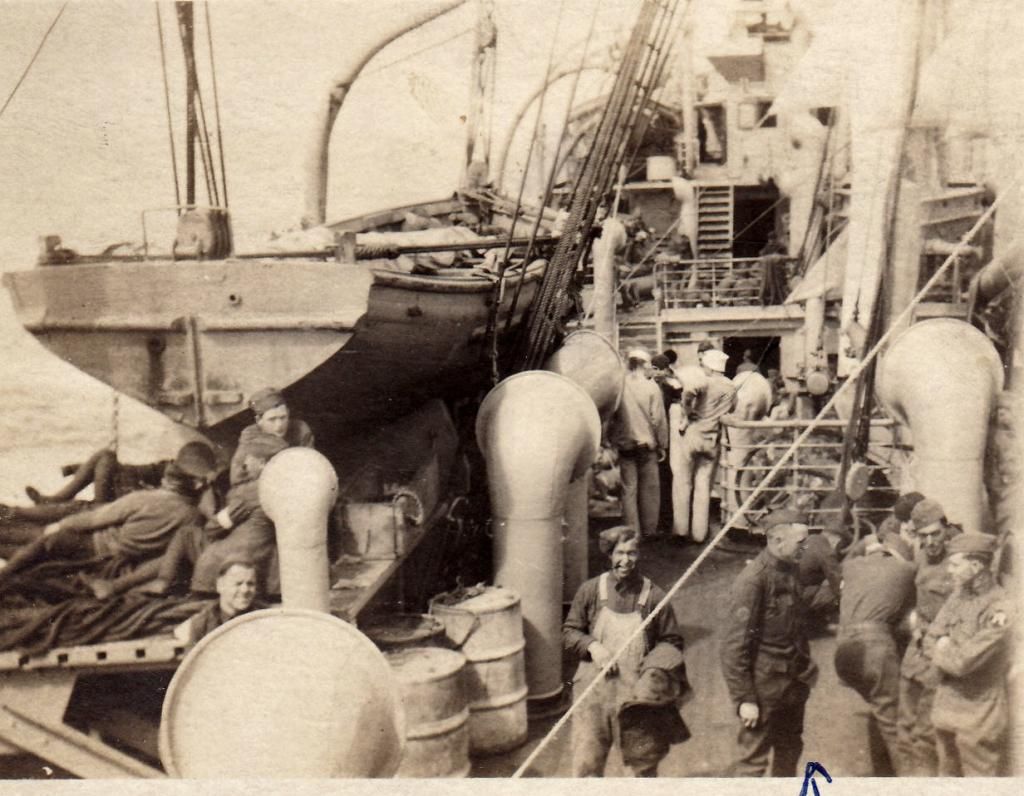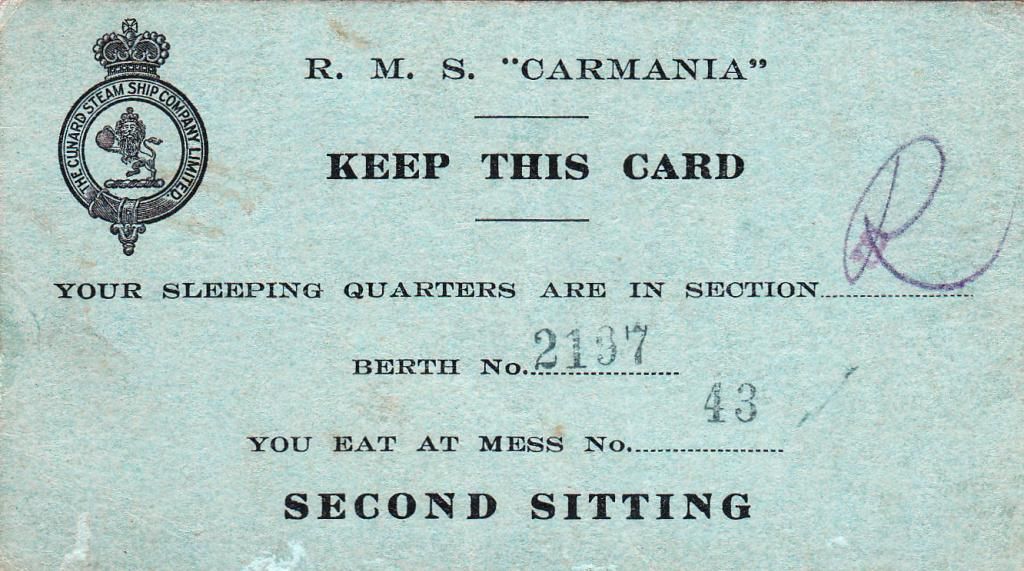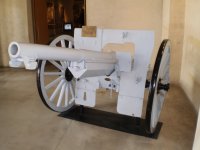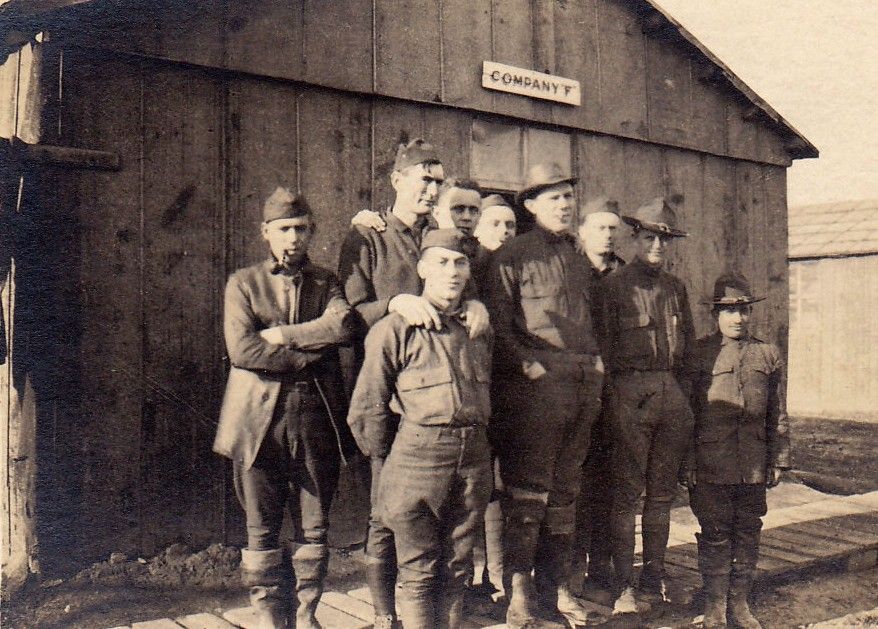You are using an out of date browser. It may not display this or other websites correctly.
You should upgrade or use an alternative browser.
You should upgrade or use an alternative browser.
WW1 Pic Of the Day (1 Viewer)
- Thread starter Rob
- Start date
Jack
Major
- Joined
- Dec 16, 2011
- Messages
- 6,347
Smashing pics mate, thanks for posting. Did you go to the new WW1 museum outside Paris by any chance?
Rob
No - next time!
Martin Tabony
Command Sergeant Major
- Joined
- Nov 6, 2009
- Messages
- 2,077
French Army Museum
I will leave it to Obee or some other artillery expert to identify. I am pretty confident ... just not that confident!
View attachment 138842
That is the famous "French 75". Canon de 75 modèle 1897
Martin
Jack
Major
- Joined
- Dec 16, 2011
- Messages
- 6,347
That is the famous "French 75". Canon de 75 modèle 1897
Martin
Go to the top of the class!
T
TomB
Guest
The only good thing in the poor buggers favor is they are out of the mud....the bad thing is they are most likely being transported to be slaughtered ...regards TomB
Rob
Four Star General
- Joined
- May 18, 2005
- Messages
- 26,622
My God that pic could not get the message across more if it had subtitles in thirty languages.
Sad yet excellent pic Wayne, thanks for posting it mate.
Rob
Last edited:
mestell
Colonel
- Joined
- Feb 12, 2008
- Messages
- 9,383
Here's a photo of my Grandfather Chester W. Wagner coming home from France on a Troopship after he was discharged on March 25, 1919. He identified himself with a small "arrow" in the lower right hand corner. He also identified the Troop ship as "The Carpathian". I haven't been able to find out any information the role that The Carpathian played during WWI. Grandpa was in Company F, 17th RR Engineering Btn. I have well over a hundred photos that he took during the war while in France. Unfortuneatly he did not identify most of the places, people, and things that are in the photos. This photo is one of the exceptions.
:smile2: Mike

:smile2: Mike

mestell
Colonel
- Joined
- Feb 12, 2008
- Messages
- 9,383
Here's a photo of my Grandfather Chester W. Wagner coming home from France on a Troopship after he was discharged on March 25, 1919. He identified himself with a small "arrow" in the lower right hand corner. He also identified the Troop ship as "The Carpathian". I haven't been able to find out any information the role that The Carpathian played during WWI. Grandpa was in Company F, 17th RR Engineering Btn. I have well over a hundred photos that he took during the war while in France. Unfortuneatly he did not identify most of the places, people, and things that are in the photos. This photo is one of the exceptions.
:smile2: Mike

While I had my grandfather's photos out again, I decided to look at them closely. In his photos I found this ship's Billet and Mess card that had been issued to him. The ship was the RMS Carmania. Grandfather signed his name, company, and regiment on the back of the card. It was the RMS Carmania that he came home on. The photo above was identified as the Carpathian, but as my wife pointed out to me, the identification on the back of the photo was in my Grandmother's hand writing . . . thus the error and confusion.

With this information I have been able to find out quite a bit about the RMS Carmania.
RMS Carmania (1905)
From Wikipedia, the free encyclopedia
Name: RMS Carmania
Owner: Cunard Line
Port of registry: United Kingdom
Builder: John Brown & Company, Clydebank
Yard number: 366
Launched: 21 February 1905
Fate: Scrapped in 1932 at Blyth, Northumberland
General characteristics
Tonnage: 19,524 gross tons
Length: 650.4 ft (198.2 m)
Beam: 72.2 ft (22.0 m)
Installed power: Steam turbines
Propulsion: three propellers
Speed: 18 knots
Capacity: 2,650, reduced to 1,440 in 1923
RMS Carmania was a British ocean liner designed by Leonard Peskett and built by John Brown & Company for the Cunard Line. In World War I, the Carmania was converted to an armed merchant cruiser.
History
When launched, the Carmania and her running mate, the Caronia, were the largest ships in the Cunard fleet and two of the fastest in the world,[3] since they had been designed to compete with the Germans for the Blue Riband. The Carmania had steam turbines, and the Caronia had quadruple-expansion engines.[4] Another feature that differentiated the two liners was that Carmania had two tall forward deck ventilator cowls while they were absent on Caronia. The Carmania traveled the New York-Liverpool route from 1905 to 1910. In the spring of 1906, it carried H.G. Wells to America for the first time; he noted in a book about his travels that "This Carmania isn't the largest ship nor the finest, nor is to be the last. Greater ships are to follow and greater."[5] The Carmania suffered one major fire in June 1910. In October 1913, while eastward bound, she responded to a distress call from the Volturno to pick up survivors in a storm, resulting in many awards for gallantry being presented to various members of her crew and Captain James Clayton Barr.[6]
Following the outbreak of World War I, the Carmania was converted into an armed merchant cruiser, equipped with eight 4.7 inch guns, and put under the command of Captain Noel Grant. She sailed from Liverpool to Shell Bay in Bermuda. She subsequently engaged and sank the German merchant cruiser SMS Cap Trafalgar, during the Battle of Trindade.[7] The ship suffered extensive damage herself and several casualties to her crew. After repairs in Gibraltar, she patrolled the coast of Portugal and the Atlantic islands for the next two years. In 1916, she was summoned to assist in the Gallipoli campaign. From May 1916, she was used as a troop ship. After the war, she transported Canadian troops back from Europe.
By 1919, she returned to passenger liner service, being refitted in 1923. In 1932, she was sold to Hughes Bolckow & Co., and scrapped at Blyth.[8
Napoleon1er
2nd Lieutenant
- Joined
- Oct 11, 2010
- Messages
- 3,093
Here is a piece I wrote containing some never-before-published photos. They are pretty "Dartmouth focused," but also have some deep meaning. There are literally hundreds more, most of which are combat-related, the most interesting of which I will eventually post. Again, none of these have ever been published.
-Sandor
http://raunerlibrary.blogspot.com/2013/11/sgt-allen-scott-norton.html
-Sandor
http://raunerlibrary.blogspot.com/2013/11/sgt-allen-scott-norton.html
mestell
Colonel
- Joined
- Feb 12, 2008
- Messages
- 9,383
Users who are viewing this thread
Total: 2 (members: 0, guests: 2)







